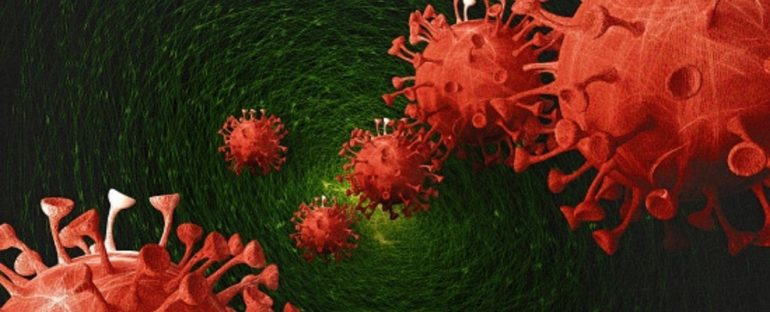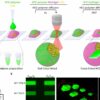A systematic analysis of 33 COVID-19 autopsies has found small traces of viral material in the human brain, and they appear to have come from the nose.
It’s a scary thought that SARS-CoV-2 might actually make its way into the human nervous system; while the results are preliminary, the signs are not looking good.
The upper part of the human nasal cavity, known as the nasopharynx, is thought to be one of the first sites of infection and replication for SARS-CoV-2, and it might also be a weak point in our brain’s defences.
The human brain is separated from the rest of the body’s blood supply by a semipermeable barrier of cells – helpfully named the blood-brain barrier – that keeps toxins and pathogens away from our precious noggins, at least most of the time.
Some viruses, including a couple of coronaviruses, are especially sneaky and capable of slipping past this barrier. Unfortunately, SARS-CoV-2 might be one of them.
In fact, some scientists think this could be what’s causing many of the neurological symptoms associated with COVID-19, including loss of smell and taste, headaches, dizziness, nausea, and fatigue.
Recently, some studies have actually discovered traces of viral RNA in the brain and spinal fluid of some COVID-19 patients. Exactly how those remnants got there is another matter.
Some initial studies suggest the spiky proteins on the outside of SARS-CoV-2 promote inflammation in the endothelial cells of the blood-brain barrier, loosening connections and letting the virus leak through.
The new analysis adds another possible route. Not only did researchers find intact viral particles within the endothelial cells of the nasopharynx, they also found viral RNA in the upper part of the nose – known as the mucous membrane – as well as several regions of the brain.
The leftover genetic material was minimal, but that might have been because the autopsy took place a month after death on average.
While it might not be possible to see how the virus travels inside individual brain cells, in some patients the same spike proteins found on the outside of SARS-CoV-2 were also found in cells the researchers identified as neurons.
This suggests the SARS-CoV-2 virus may somehow be hitching a ride past the blood-brain barrier and into the brain via the long, threadlike projections of olfactory nerves.
But even if it turns out that neurons in the nose are transporting SARS-CoV-2 to the brain, in all likelihood, that’s probably just one port of entry. In the analysis, some brain regions with traces of RNA held no direct connection to the olfactory mucosa and were more involved with respiration and cardiovascular control, which suggests the virus is entering through another means as well.
It might, for instance, be leaking through the endothelial cells, as other studies suggest, or it could be hitching a ride on another cell that is allowed to cross the blood-brain barrier, for example, for carrying vital resources.
For now, we just don’t know. Accumulating reports and results suggest the virus is somehow getting through and impacting the nervous system. Time and research will hopefully reveal more, helping us to battle this unprecedented virus.
The study was published in Nature Neuroscience.



